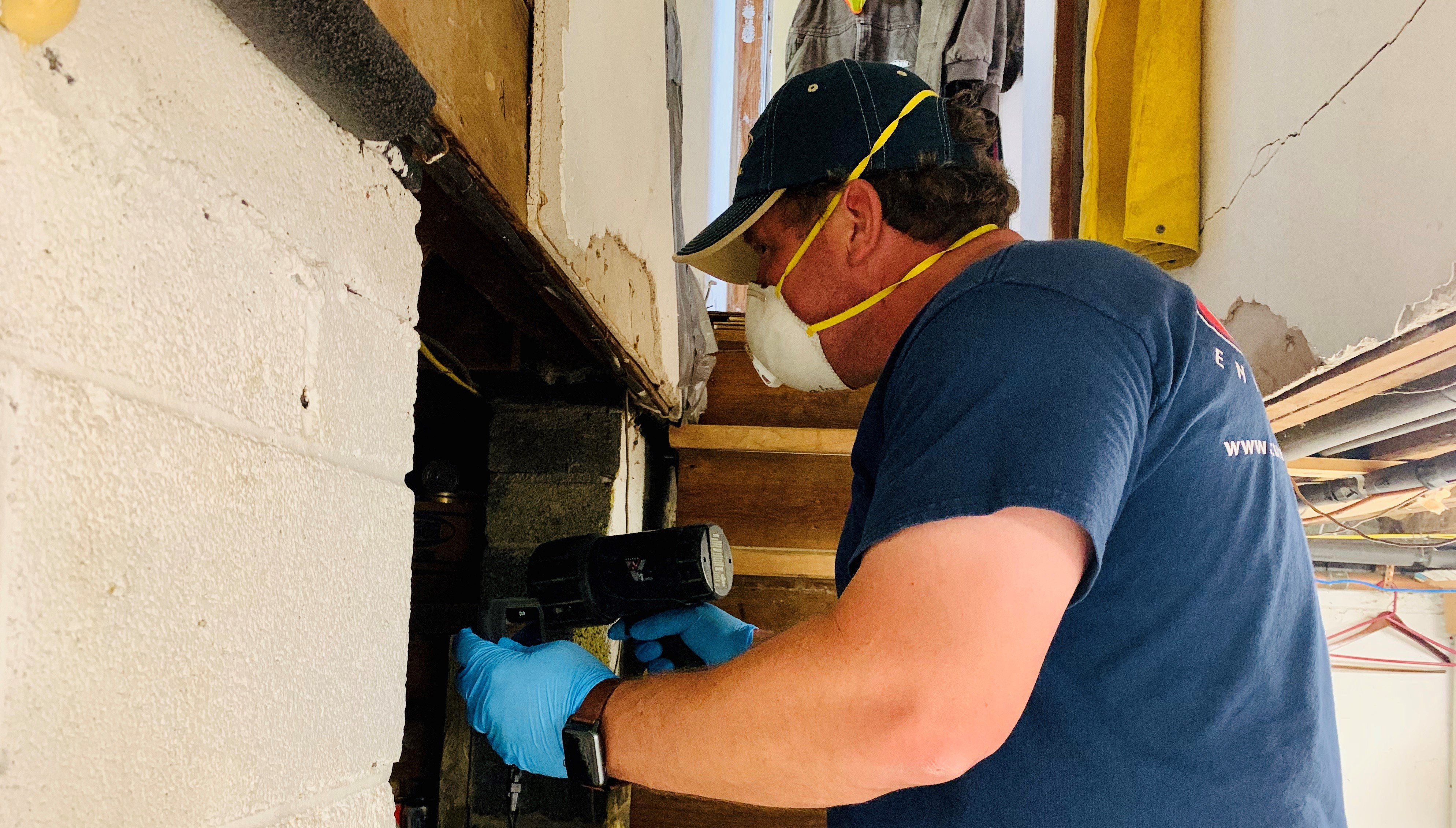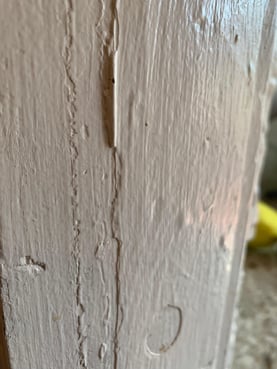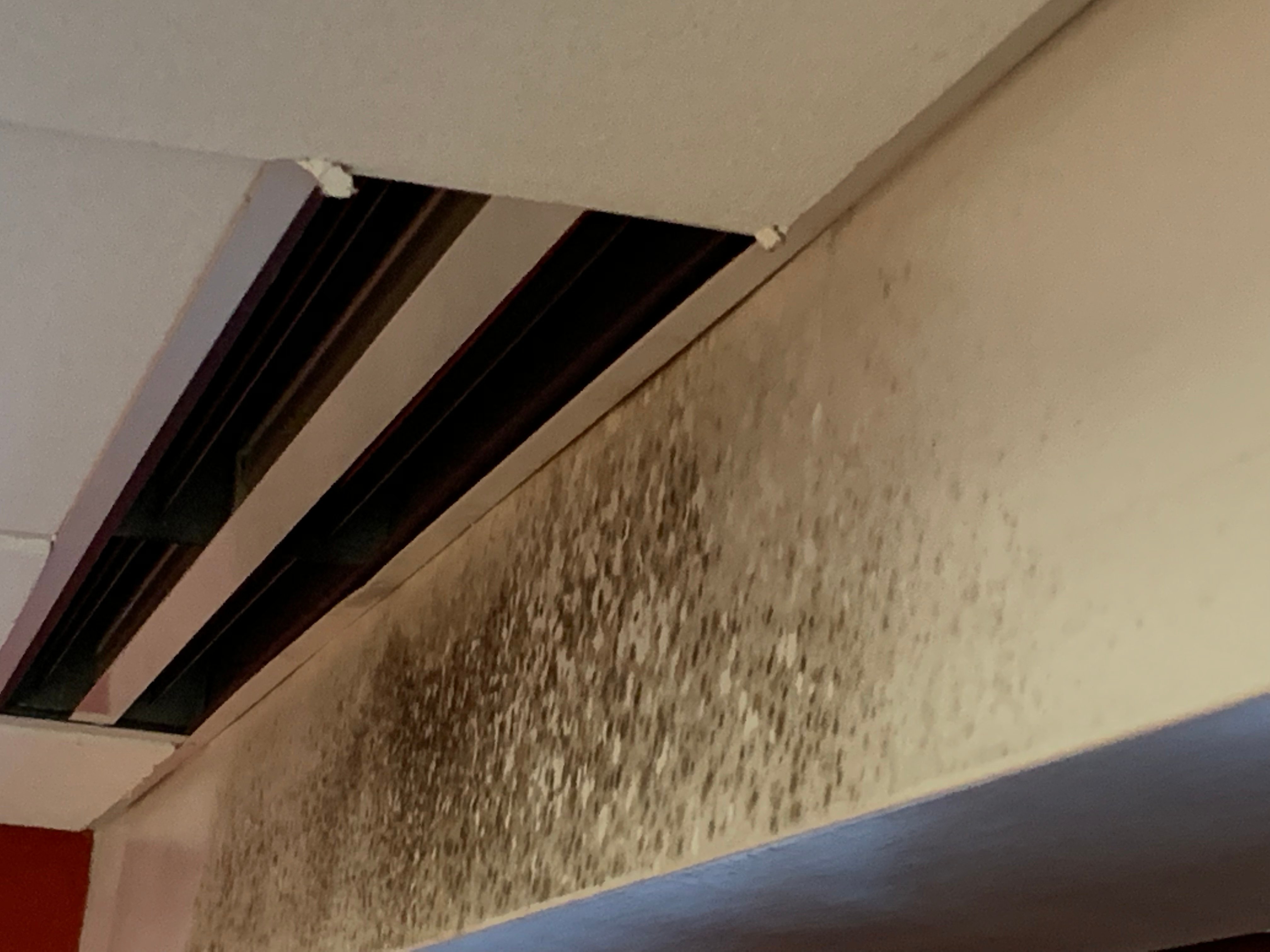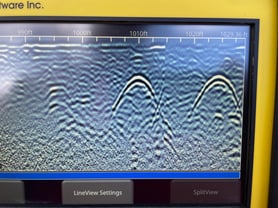Environmental Assessments, Environmental Audits, and Environmental Due Diligence are performed to identify any environmental concerns that need to be addressed before a property settlement occurs. Environmental due diligence is the assessment of known and potential environmental liabilities, unknown or not disclosed, associated with real estate. It is an integral part of any commercial real estate transaction. The environmental audit is meant to protect all parties involved in the transaction, including the lender, but contamination devalues the asset. Without an environmental assessment, the buyer buys contamination and owns the problem even if you know it is present or not. Sellers do not want to enter into litigation or any dispute after a sale occurs due to contamination being found.
Here are some of the most frequently asked questions concerning environmental site assessments from 30 years of Due Diligence experience:
- Why do I need to do environmental due diligence?
- When is environmental due diligence required?
- Who pays for the environmental audit?
- What is involved in the environmental audit?
- Can we test immediately?
- How long does an environmental assessment take?
- How much will it cost?
- If I am paying cash, do I need an environmental audit?
Those are very common questions and we even get them from groups that already have substantial real estate holdings. The answer to each question depends on the property. Some sites require more due diligence than others, industrial sites would demand more extensive evaluation while buying a parcel of land from a closed church would require less. I do not reference a downtown storefront as getting a hall pass on due diligence as downtowns were the epicenter of commerce and there are plenty of contaminated sites along the main streets USA.
Why do I need to do environmental due diligence?
Before environmental regulations, pollution was legal so to speak. The federal Comprehensive Environmental Response, Compensation, and Liability Act of 1980 (CERCLA), aka “Superfund.” Gives the Environmental Protection Agency (EPA) EPA which was created on December 2, 1970, by President Nixon the authority to pursue a private party or current or past owners or operators of contaminated property for costs associated with environmental cleanup. CERCLA holds owners responsible for cleaning up contamination on their property, even if they did not cause or contribute to the problem. An important feature is that CERCLA liability is joint and several meaning any liable party may be required to clean up all the contamination, even though that party only caused a small amount of the overall contamination. It is not 100% fair, but it is meant to catch up on past pollution that occurred prior to the regulation. If polluters knew they were polluting is open to debate.
When is environmental due diligence required?
After reading how liability is assigned to what our clients would call an innocent landowner, every property could benefit from an environmental audit prior to sale.

Who pays for the environmental audit?
The party that receives the most protection pays for the environmental study, which is typically the purchaser. Not many banks contract for environmental audits, Phase I ESA, on behalf of the borrower, and this cost is passed through to the borrower.
There are cases where the Phase I environmental Audit is split between buyers and sellers.
There are also cases where an owner contracts for the environmental audit to address any environmental issues prior to listing the property for sale, these are not common, but it is safe to say when this occurs the property sells faster.
What is involved in the environmental audit?
There are varying types of environmental audits, the most common is a Phase I Environmental Site Assessment (ESA) which is formatted by ASTM to standardize the audit.
A Phase I ESA is an investigation into past and current ownership and uses of the property to assess the possible existence of contamination. Hundreds of pages of data are collected for each site, each site is physically evaluated, and knowledgeable parties are interviewed, that is the nutshell explanation. A large office building today could have been a lumber, coal, and fuel yard (true site) in 1910.
In layman’s terms, the purpose of any environmental audit is to identify potential environmental conditions that may affect the property or trigger liability to a property owner.
Can we test immediately?
All environmental audits start with research and no testing is performed as you first need to evaluate the site to determine if it is a target-rich environment for testing. The referenced coal fuel yard required testing where materials were stored and testing also found buried petroleum tanks in the parking lot.
If a site is deemed without any issue, you never proceed with any testing. Conversely, a site where historic suspect contamination may be present would warrant testing. A small apartment building on a large lot found operation in the 1890s that left contamination on the site the owner had to address to sell the property to a developer. and helps to determine whether further due diligence is needed and whether a Phase II ESA must be conducted.
How long does an environmental assessment take?
On a basic level, all environmental audits require acquiring historical data for review. The thoroughness of the acquisition of this historical data adds time and if a site visit is part of the environmental audit that must be arranged. Allocate 3 weeks for an environmental audit to provide a written report which may say no testing is required or we found multiple areas on the property that require testing. Add testing to the environmental evaluation and you can be months from the finish line.
Be aware that if you get an environmental report within a few days it will be far less thorough than a report taking weeks, that is a fact. There are many reports we review that was issued and were incomplete due to the consultant waiting on historical data to be obtained. These reports are incomplete and now require a secondary report that may contain data that conflicts with the initial incomplete report. Follow me on this you can’t expect fast and thorough on all sites.
How much will an environmental audit cost?
The baseline environmental audit is a Phase I ESA that runs between $2,200 to $3,000 depending on the complexity of the site. Be aware as environmental consultants, we do a cursory evaluation on prospective sites to see if the site is going to be a time suck (aka $3,000.00 range) or closer to $2,200 for the average site. Also, know that the cost of acquiring data is set for a single address site, larger sites, and multiple addresses incur higher costs for data acquisition., so you can expect larger parcels to be in between these two costs due to time and data acquisition expense.
If I am paying cash, do I need an environmental audit?
Generally speaking, performing an environmental audit such as Phase I is important for every commercial property purchase. A Phase I assessment is performed by an environmental professional that analyzes the likelihood of contamination. If you do not need a mortgage and are an environmental professional perhaps you are qualified to not do the environmental.
Know that lenders require an assessment to protect their investment, not to protect you.
Buyer assumes financial risk by not conducting an ESA on a property before settlement. If the environmental audit cost and findings are not within the budget of the purchase of the property, the deal may not be viable.





 This cistern was found from the settlement in the photo to the right. The cistern lost some integrity allowing collapse in a section of the walls, which allowed soils to seep into the cistern void. This home was circa
This cistern was found from the settlement in the photo to the right. The cistern lost some integrity allowing collapse in a section of the walls, which allowed soils to seep into the cistern void. This home was circa 
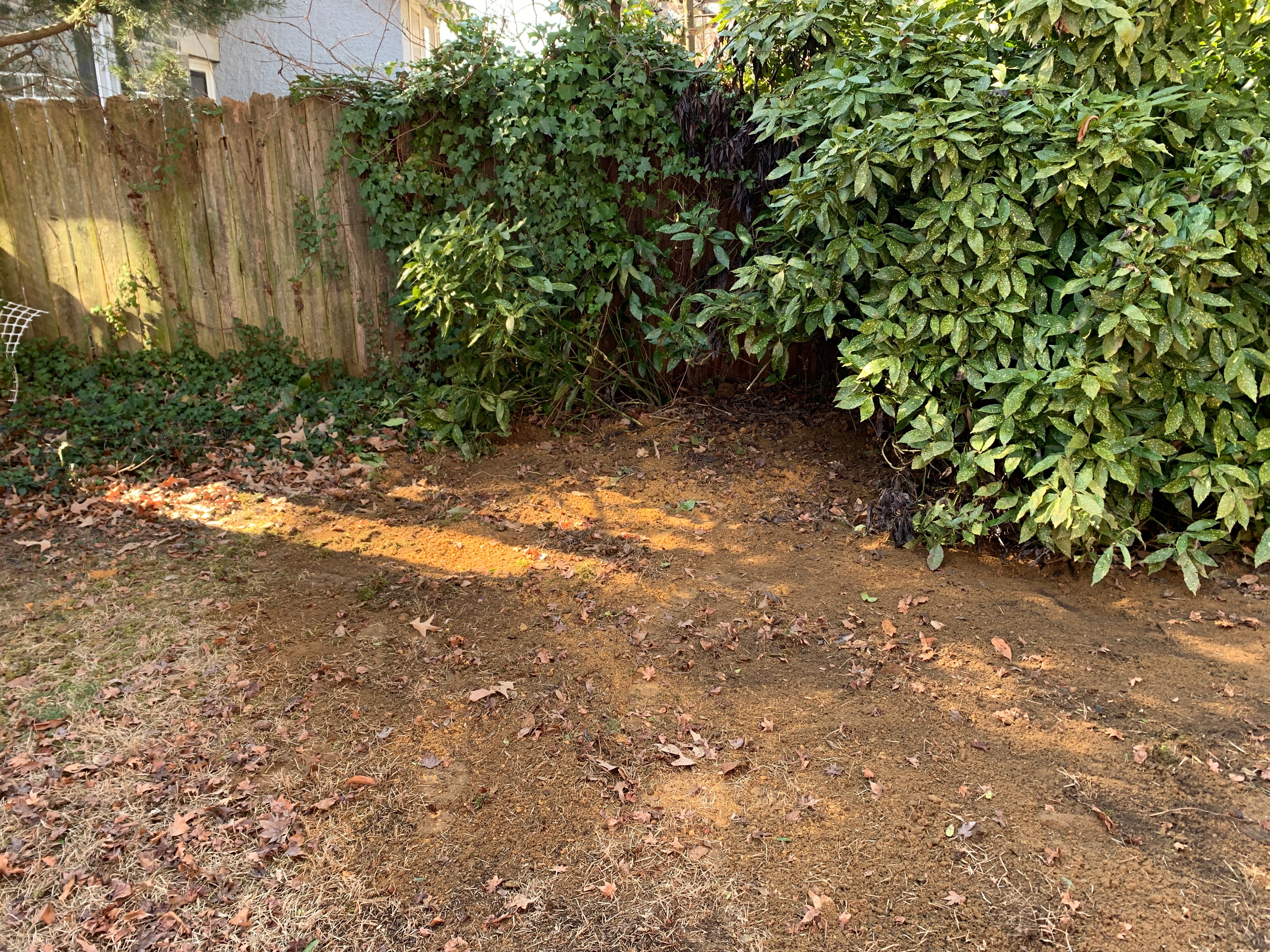







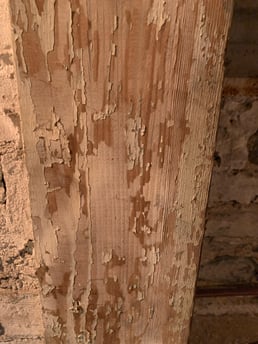
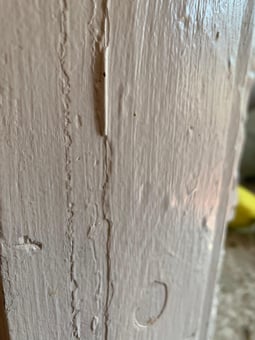


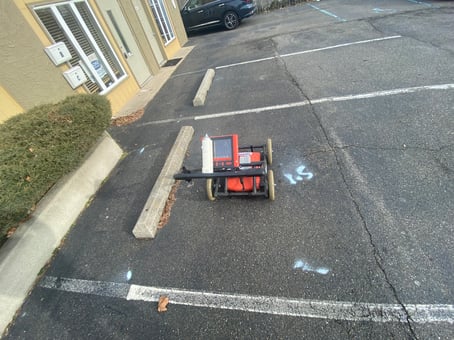
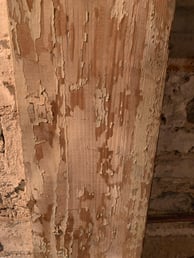
%20and%20Lead%20Paint%20Risk%20Assessment.png?width=1385&height=776&name=difference%20between%20a%20Lead%20Paint%20Inspection%20(LPI)%20and%20Lead%20Paint%20Risk%20Assessment.png)
